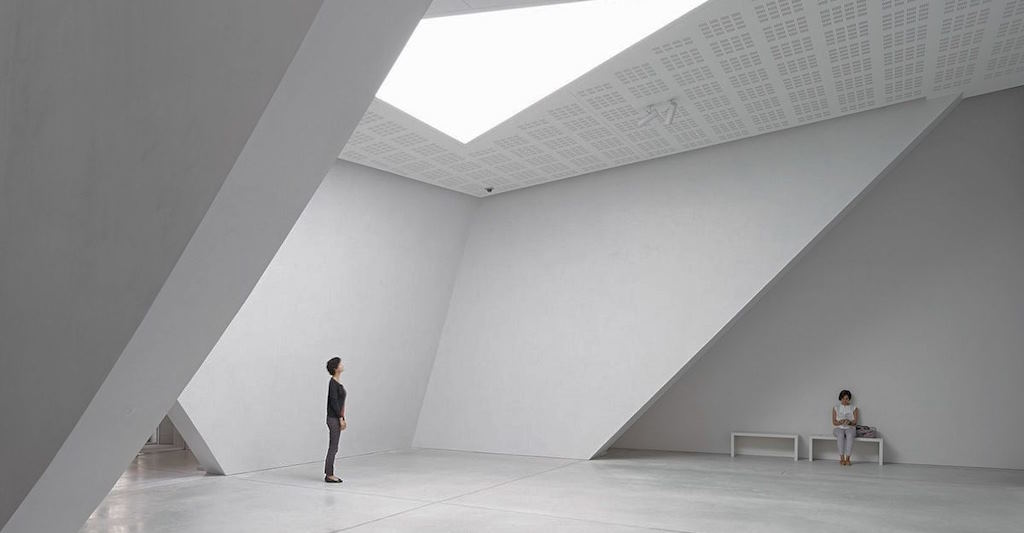- December 5, 2023
- Posted by: Mary Martin
- Category: Photography Techniques

In the ever-evolving canvas of photography, where every click captures a fragment of the world’s vast beauty, the art of minimalism emerges as a captivating dance between simplicity and significance. Rooted in the broader tapestry of minimalist art movements, minimalistic photography transcends the mere absence of elements; it celebrates the deliberate restraint that allows a photograph’s core essence to resonate with profound clarity.
Principles of Minimalism in Photography
Simplicity
At the heart of minimalistic photography lies the principle of simplicity. It involves the deliberate elimination of unnecessary elements, leaving only what is essential to convey the intended message. By stripping away distractions, photographers can draw attention to the core subject, allowing it to shine in all its unembellished beauty.
Negative Space
Another key element of minimalism is the strategic use of negative space. Empty areas in a photograph, when employed purposefully, can enhance the impact of the subject. Balancing positive and negative space is an art in itself, guiding the viewer’s gaze and fostering a sense of harmony within the frame.
Limited Color Palette
In the pursuit of minimalism, color takes on a significant role. Minimalistic compositions often feature a limited color palette, with each hue chosen deliberately to create visual impact. Selective color can draw attention to specific elements, emphasizing their importance in the overall narrative of the photograph.
 Composition Techniques
Composition Techniques
Rule of Thirds
The rule of thirds, a fundamental principle in photography, finds new significance in minimalistic compositions. Placing the subject along the intersections of imaginary lines divides the frame into thirds, creating a visually pleasing balance and allowing the subject to command attention without unnecessary distractions.
Leading Lines
Leading lines serve as a guiding force in minimalistic photography. By incorporating lines that draw the viewer’s eye toward the focal point, photographers can enhance the overall composition and provide a clear visual path through the image. This technique adds a dynamic element while maintaining simplicity.
Symmetry
Symmetry, a classic artistic concept, plays a pivotal role in minimalistic compositions. Achieving balance through symmetry adds a sense of order and harmony to the photograph. The beauty of symmetry in simplicity is exemplified, highlighting the impact of a well-balanced frame.
Emotion and Mood
In the world of minimalistic photography, less isn’t just more; it’s a pathway to evoking profound emotions and moods. By distilling a scene to its core elements, photographers can communicate a clear message and allow viewers to connect with the essence of the subject on a deeper level. The simplicity inherent in minimalism fosters a serene and tranquil atmosphere, inviting contemplation and introspection.
 Challenges and Tips
Challenges and Tips
Overcoming the Fear of Empty Spaces
Embracing minimalism requires confronting the fear of empty spaces. Instead of viewing them as voids, consider them as opportunities for the subject to breathe and captivate the viewer’s imagination.
Avoiding Clutter
Maintaining simplicity can be challenging in a world filled with visual stimuli. To avoid clutter, carefully consider each element within the frame, discarding anything that doesn’t contribute to the overall narrative.
Experimentation
Minimalism doesn’t have a one-size-fits-all approach. Photographers should experiment with different compositions and styles to discover what works best for a particular subject or scene. Don’t be afraid to push boundaries and explore new possibilities within the realm of minimalistic photography.
Tools and Techniques
Use of Natural Light
Natural light complements minimalistic photography beautifully. Soft, diffused light can highlight the subject’s details without overwhelming the frame, contributing to the overall simplicity and elegance of the composition.
Post-Processing Techniques
While minimalism often relies on simplicity, post-processing techniques can enhance the visual impact of a photograph. Subtle adjustments to contrast, sharpness, and color balance can fine-tune the image and emphasize the desired minimalist aesthetic.
Choosing the Right Equipment
The choice of equipment plays a role in achieving successful minimalistic compositions. Lightweight, versatile gear allows photographers to move freely and capture scenes with ease, facilitating the creation of visually compelling images.

